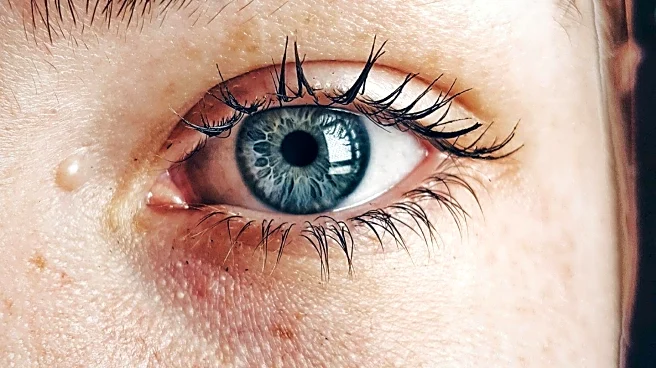What's Happening?
A study conducted by the University of Bath has revealed that four common psychiatric disorders—anxiety, depression, ADHD, and conduct disorder—share similar structural changes in the brain. The research
analyzed brain scans from approximately 9,000 children and young people, half of whom were diagnosed with a mental health condition. The findings suggest that these disorders, despite appearing different, exhibit similar brain-level changes, particularly in regions responsible for processing emotions and maintaining awareness of bodily states. This study, published in Biological Psychiatry, challenges the traditional approach of studying mental health disorders in isolation and opens the possibility for developing treatment strategies that address multiple conditions simultaneously. The research also found that boys and girls experience similar brain changes with these disorders, contrary to previous studies suggesting gender differences.
Why It's Important?
The study's findings are significant as they propose a shift in how mental health disorders are understood and treated. By identifying common brain changes across different disorders, the research suggests that treatment strategies could be developed to target these shared characteristics, potentially benefiting a broader range of patients. This approach could lead to more effective interventions and prevention strategies for young people suffering from these conditions. Additionally, the discovery that boys and girls exhibit similar brain changes challenges existing assumptions about gender differences in mental health, prompting further investigation into other factors, such as environmental influences, that may contribute to the prevalence of these disorders.
What's Next?
The study encourages further research into the environmental and experiential factors that may interact with brain structure changes to increase the risk of developing mental health disorders. Researchers may explore how early interventions can be tailored to address these common brain changes, potentially leading to more comprehensive treatment plans. The findings also call for a reevaluation of current diagnostic and treatment approaches, emphasizing the need for a more integrated understanding of mental health conditions.











